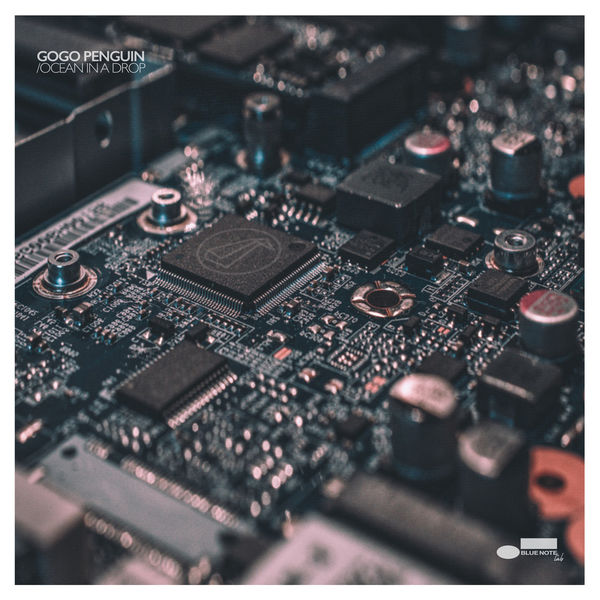Herbie Hancock
First of all, I haven’t posted here in more than 2 months. Wow, time flies. A lot of stuff going on at work, but still, not sure why I haven’t posted more.
One of the reasons is that I wasn’t really impressed by any new releases recently, and haven’t purchased a lot of music therefore.
However, my favorite streaming service / download seller Qobuz (I have no affiliation), has currently a Jazz special offer going on, with some albums being discounted by 40%.
Therefore, instead of buying new stuff, I ended up mostly re-buying high-res remasters of albums I mostly already owned, many of them from my favorite Jazz period, the 1960s.
One of the albums I re-purchased was Herbie Hancocks classic, Empyrean Isles, and then I noticed I hadn’t done a single blog post about Herbie in now 6 years (but I did mention another classic of his, Maiden Voyage, in my 25 Essential Jazz Albums).
So, here we go:
Herbie Hancock – Empyrean Isles (Blue Note Records 1964)

Empyrean Isles is Hancocks 4th studio album, recorded at the age of 24. It has a pretty stellar cast, with my old favorite Freddie Hubbard on cornet (a type of trumpet), Ron Carter on bass, and Tony Williams on drums.
Hancock knew these colleagues well already, having played with them in the second Miles Davis quintet.
Most casual listeners will know at least one song from the album, track no. 3, the classic Cantaloupe Island. Hancock covered it even himself, in his 1976 funk album, as Cantelope Island. But the most famous cover version probably remains US3’s 1992 cover version, that introduced it to a wholly new audience. Furthermore, the song has been used in countless movie soundtracks and commercials. And I must admit, it also remains my favorite track on the album. Together with the earlier Watermelon Man, it is probably Hancock’s most favorite track.
The rest of the album is very enjoyable, too.
That said, the opening One Finger Snap, is actually my least favorite, for a simple reason, it doesn’t have a very strong melody (yes that’s me, I’m a sucker for melodies). It is still groovy and clearly gets my foot to tap.
Olioqui Valley is already a much stronger tune for me, with it’s modal tendencies, this song really sucks me in from the very first chords. Maybe I also like it better than the opening track, because Hancock here plays a much more prominent role, and being an amateur pianist, I just like hearing the piano. It hasn’t truly become a Jazz standard, but you hear it played every once in a while by other musicians as well.
Finally, The Egg is the longest track on an album with nearly 14 min of playtime. It really manages to never get boring, starting with the hypnotic repetitive opening pattern of Hancock, Carter, and Williams, which really allows Hubbard to shine. The rest of the track allows all of the musicians to solo.
Overall, this is not a must have album to me, but I find it overall to be very enjoyable.
My rating: 4 stars
You can find it here (Qobuz)













